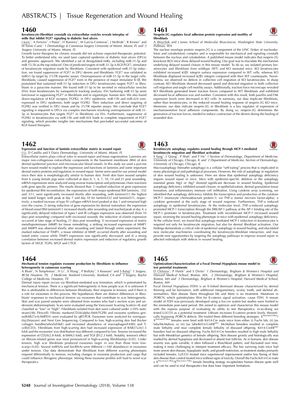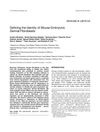Optimization and Characterization of a Focal Dermal Hypoplasia Mouse Model to Test Potential Treatments

TLDR Li2CO3 improved skin disease in a mouse model of Focal Dermal Hypoplasia without toxicity.
The study aimed to optimize and characterize a mouse model of Focal Dermal Hypoplasia (FDH) to test potential treatments, specifically using Li2CO3. The researchers trialed three breeding strategies, finding that the Fuchs Krt14-Cre male x XPorcn-ex3-7flox/XPorcn-ex3-7flox female strategy best recapitulated human FDH, despite high male lethality and variable disease severity. Li2CO3 treatment showed improvement in skin disease with no toxicity, suggesting its potential as a therapeutic. However, the model had limitations, including variability in disease severity and challenges in interpreting treatment efficacy.

